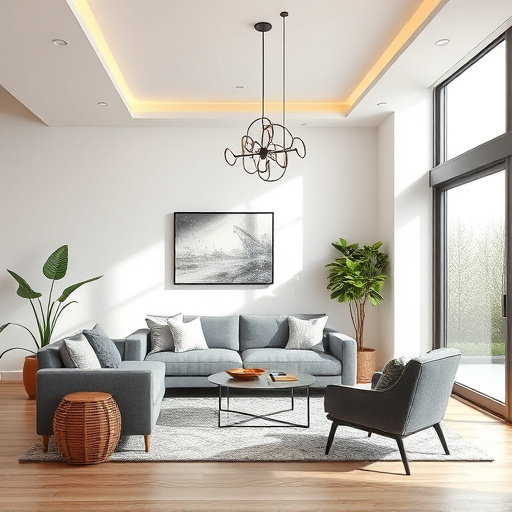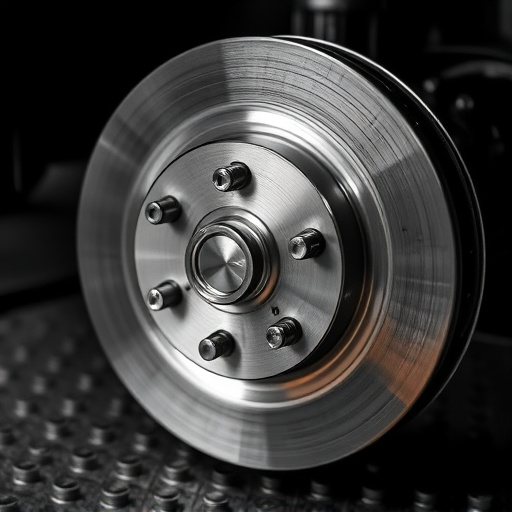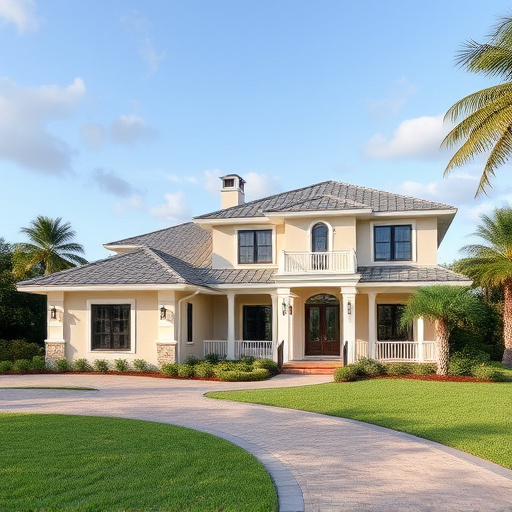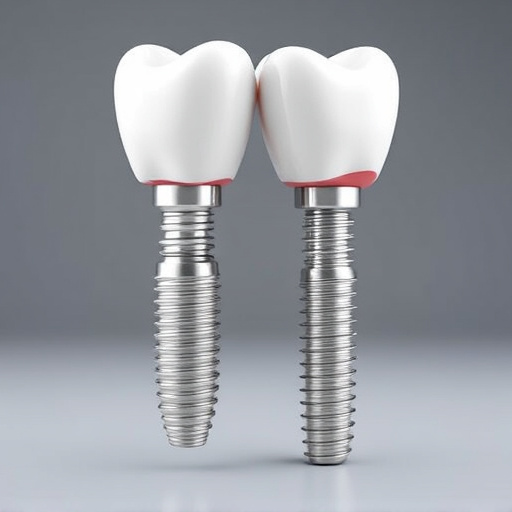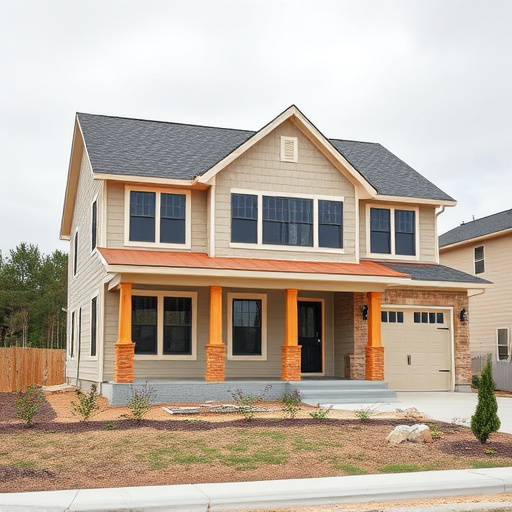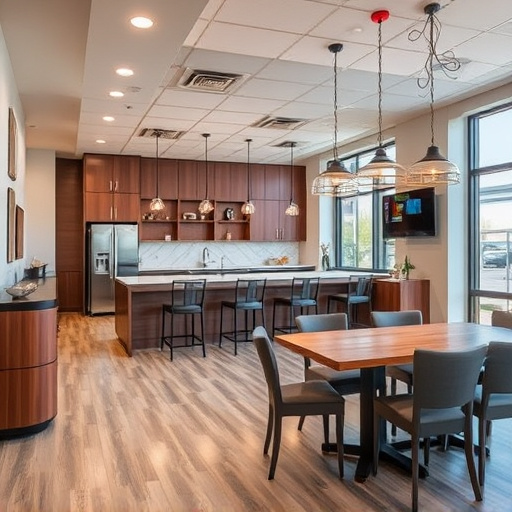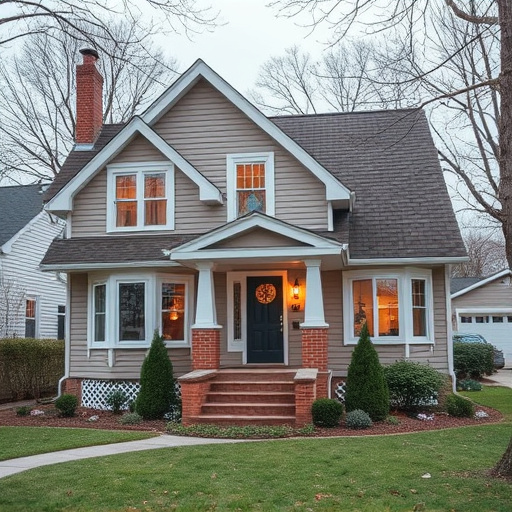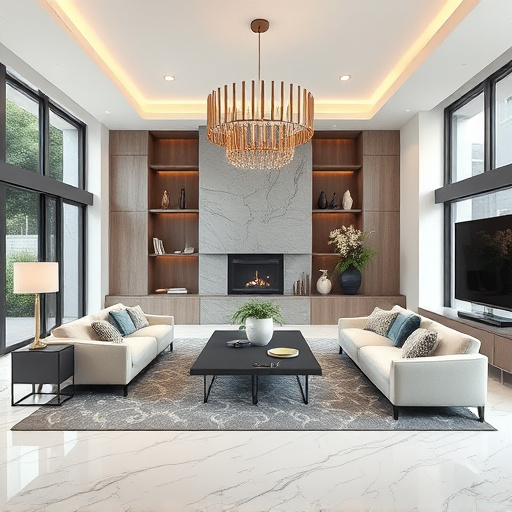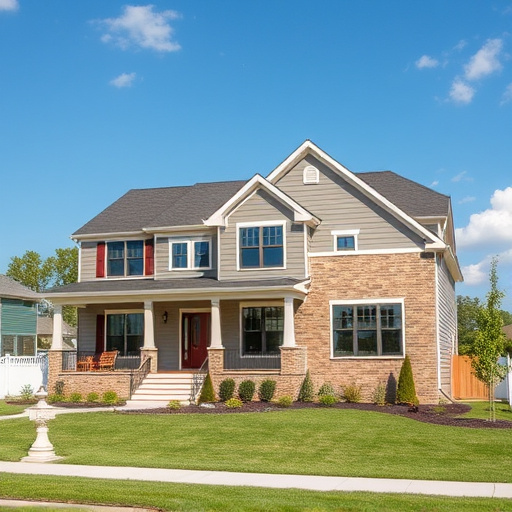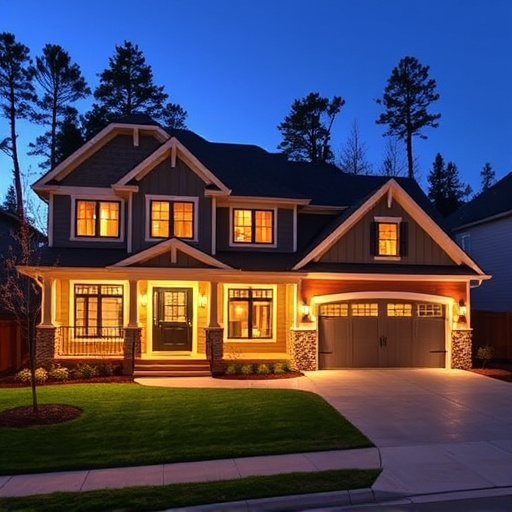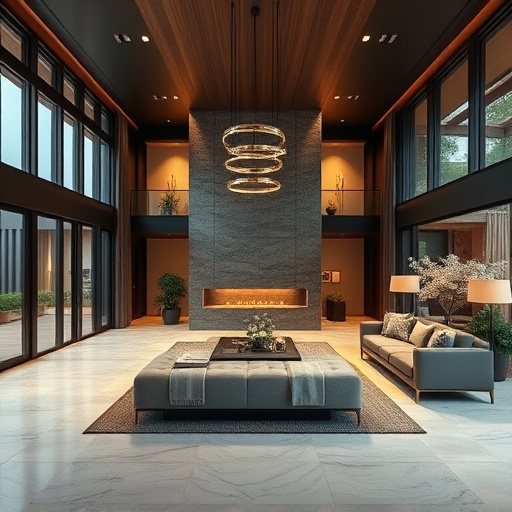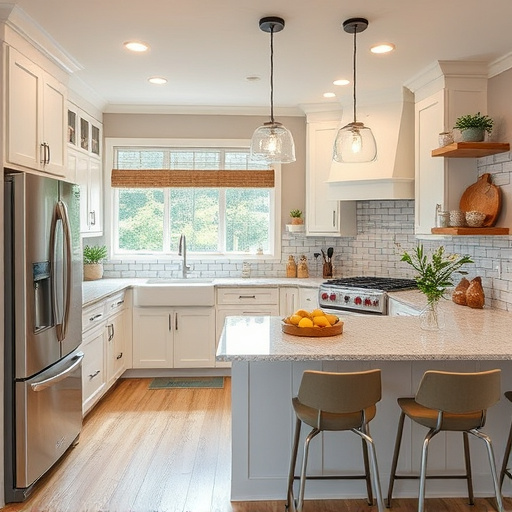Construction design prioritizes balancing function and aesthetics through understanding user needs and strategic planning. Architects use tools like color, materials, lighting, and layout to enhance visual appeal while maintaining practicality in spaces like kitchens, living rooms, and bathrooms. Skilled designers create harmonious, inviting environments that blend form and function for optimal daily experiences.
In the realm of construction design, achieving harmony between function and aesthetics is a delicate dance. This article explores how thoughtful planning and creative vision can result in spaces that not only serve their intended purposes but also captivate the senses. We delve into the essential aspects of functional requirements, the role of aesthetic choices, and seamless integration of form and function, offering insights for professionals seeking to create remarkable construction designs.
- Functional Requirements: The Foundation of Design
- Aesthetic Choices: Enhancing Visual Appeal
- Integrating Form and Function Seamlessly
Functional Requirements: The Foundation of Design
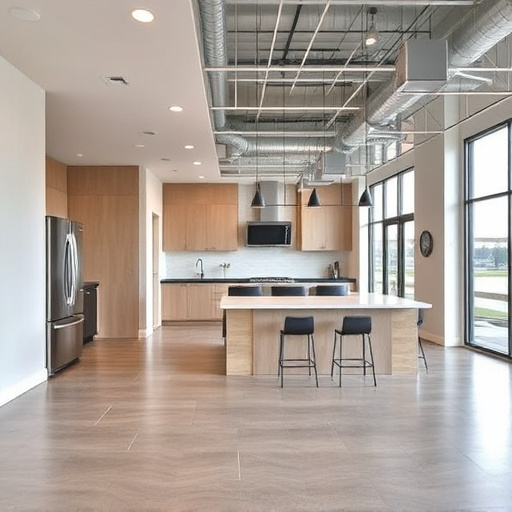
In the realm of construction design, setting the stage for a harmonious balance between function and aesthetics begins with understanding the foundational elements—the functional requirements. These are the core needs and purposes that any space must serve, be it a home addition, whole house remodel, or new build. For instance, in designing a kitchen, the layout must accommodate seamless workflow, ample storage, and efficient use of space to cater to daily culinary routines. Similarly, a living room should foster comfortable gatherings and entertainment while aligning with the overall aesthetic vision.
Functional spaces demand careful consideration to ensure they are not only visually appealing but also practical and adaptable to changing lifestyles. This involves thoughtful planning to integrate essential features seamlessly into the design, creating an inviting atmosphere that caters to users’ needs. By prioritizing functionality as a cornerstone of the design process, construction designers lay the groundwork for creating spaces that truly enhance daily life while remaining aesthetically pleasing.
Aesthetic Choices: Enhancing Visual Appeal
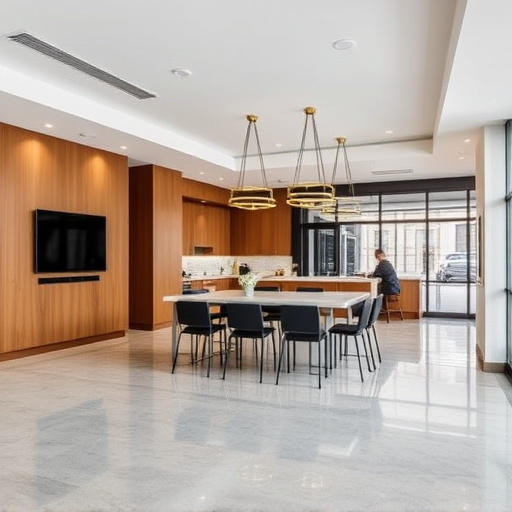
In the realm of construction design, balancing function and aesthetics is a delicate dance. When it comes to enhancing visual appeal, architects and designers have an array of tools at their disposal. From carefully curated interior painting schemes to meticulous planning in multiple room remodel projects, every element contributes to the overall allure of a space. In whole house remodels, for instance, the integration of striking architectural details can elevate the aesthetic while ensuring practicality remains intact.
The choice of materials, color palettes, and layout play pivotal roles in achieving this harmony. For instance, natural elements like wood and stone not only serve functional purposes but also add warmth and texture, enhancing the overall aesthetic appeal. Similarly, strategic lighting design can transform a space, making it more inviting and visually pleasing without compromising functionality. By combining these elements thoughtfully, construction designers can create spaces that are not just functional but also captivating to behold.
Integrating Form and Function Seamlessly
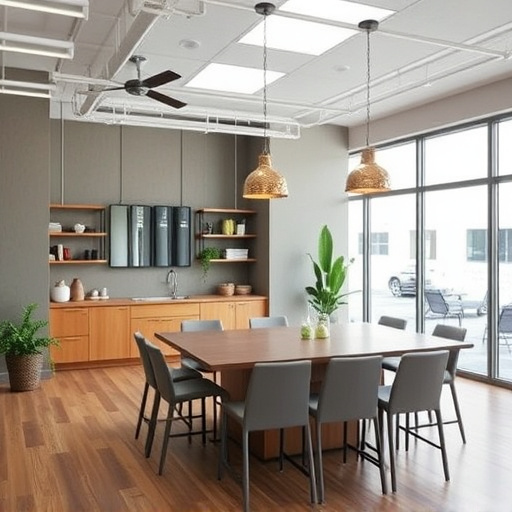
In construction design, achieving a harmonious balance between form and function is an art that truly showcases a project’s potential. The most successful designs seamlessly integrate aesthetic appeal with practical considerations, ensuring every element serves a purpose while enhancing the overall beauty of the space. This delicate equilibrium is particularly crucial in home remodeling and renovation services, where homeowners seek to transform their living environments without compromising functionality. For instance, in bathroom renovations, a free-standing tub may be chosen not just for its visual allure but also for its ability to provide a luxurious soaking experience, blending form and function beautifully.
The challenge lies in recognizing that these two aspects are interconnected; a well-designed space must accommodate both the practical needs of occupants and their desire for visual pleasure. Skilled designers approach this by considering every detail, from floor plans that optimize movement to materials selected for durability and aesthetics. By carefully curating these elements, construction design can offer spaces that not only function effectively but also captivate the senses, creating an environment that feels both inviting and meticulously crafted, be it a modern kitchen, a contemporary living room, or even a stylish bathroom renovation.
In the realm of construction design, striking a balance between function and aesthetics is not just desirable—it’s essential. By prioritizing functional requirements as the foundation, designers can create spaces that serve their intended purposes efficiently. Incorporating thoughtful aesthetic choices then enhances visual appeal, ensuring structures stand out as vibrant testaments to human creativity. Seamless integration of form and function ultimately results in buildings that are both beautiful and practical, setting new standards for modern construction design.

